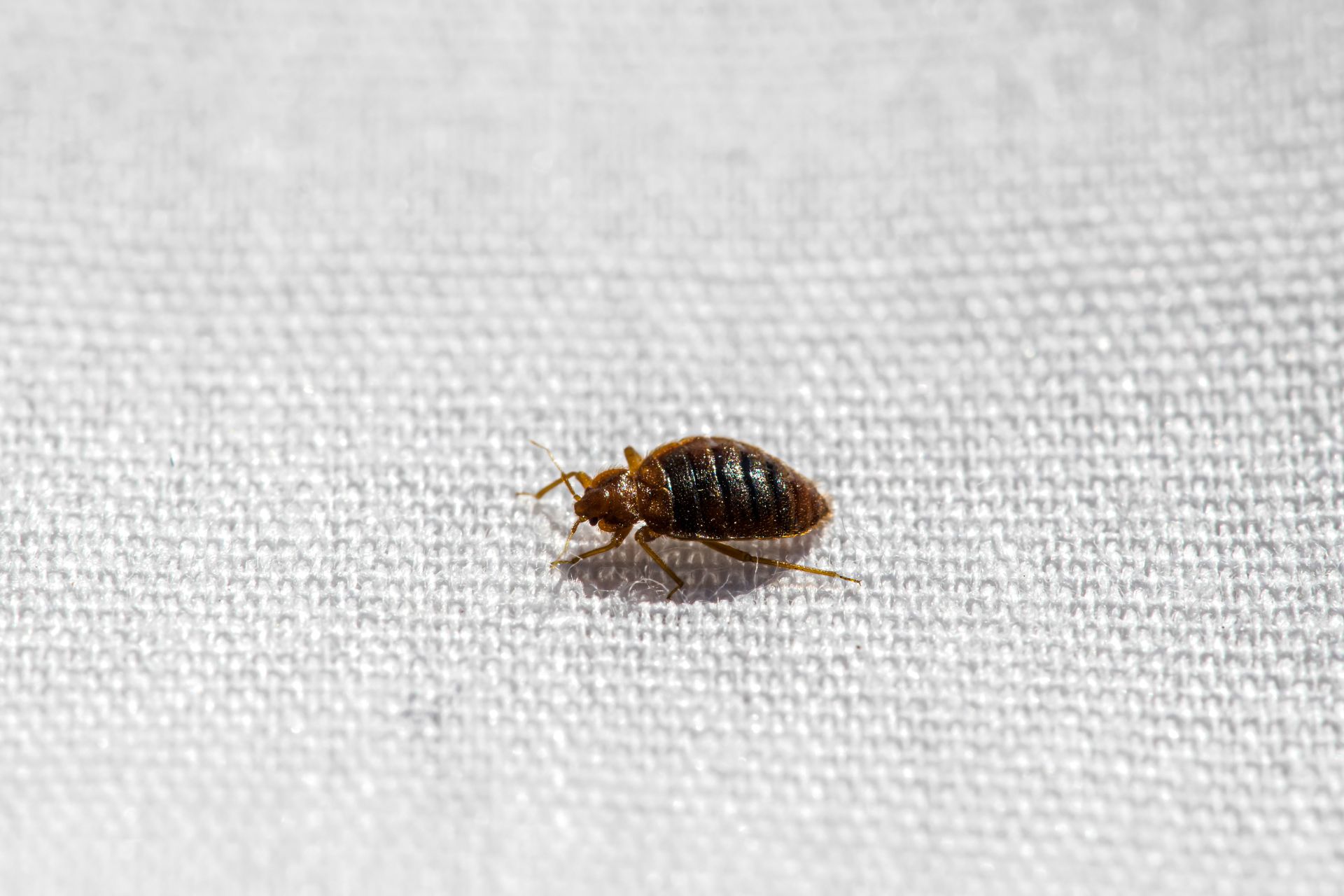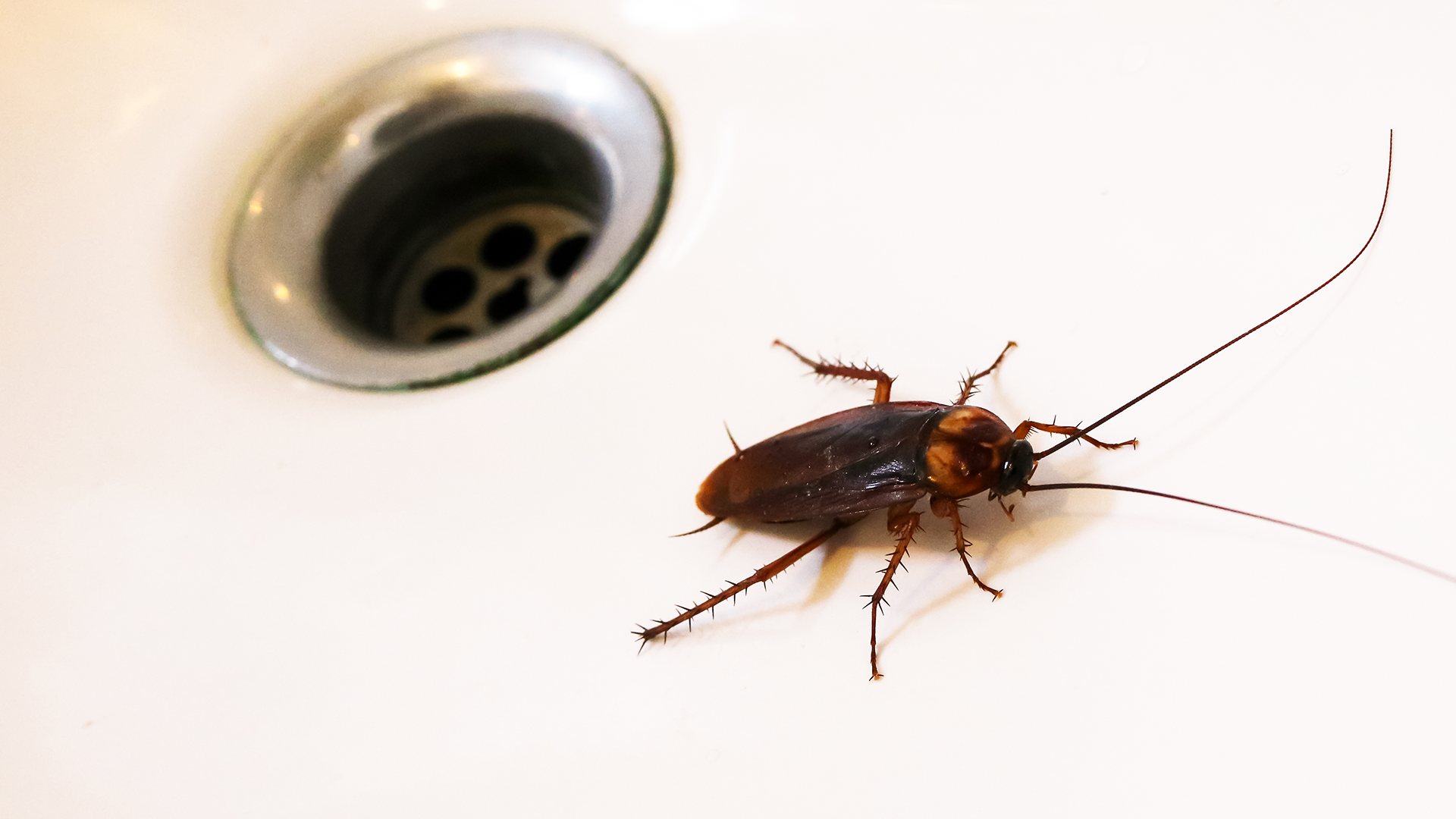Identifying the Source of Bathroom Bugs

Once you’ve discovered unwelcome guests in your bathroom, the next step is to determine where they’re coming from. Pinpointing the source is crucial for effective treatment and prevention.
Identifying Potential Sources
Identifying the source of bathroom bugs is crucial for effective treatment and prevention. Here are some common culprits:
- Cracks in Walls and Floors: Tiny cracks provide entry points for bugs seeking shelter and food.
- Plumbing Leaks: Moisture attracts bugs, and leaks can create ideal breeding grounds.
- Open Windows and Doors: These provide easy access for bugs, especially during warmer months.
- Unsealed Gaps Around Pipes and Fixtures: Bugs can squeeze through even the smallest openings.
- Infested Neighboring Areas: Bugs can travel from adjacent apartments or homes, particularly if they are experiencing an infestation.
Inspecting Your Bathroom for Signs of Infestation, Small bugs found in bathrooms
A thorough inspection can reveal the source of the problem.
- Check for cracks and gaps: Examine walls, floors, and around plumbing fixtures for any openings.
- Look for signs of moisture: Check for dampness, mold, or mildew, indicating potential leaks.
- Inspect under sinks and behind toilets: These areas are often overlooked but can harbor bugs.
- Observe bug activity: Pay attention to where you see bugs, as this can indicate their entry point.
Differentiating Between Bug Types
Identifying the type of bug you’re dealing with can help you choose the right treatment method.
- Appearance: Examine the bug’s size, shape, color, and any distinctive features.
- Behavior: Observe how the bug moves, where it congregates, and what it eats.
- Webs or Excrement: The presence of webs, droppings, or shed skins can provide clues about the bug’s identity.
Eliminating the Source of the Infestation
Once you’ve identified the source, you can take steps to eliminate it.
- Seal cracks and gaps: Use caulk, sealant, or weather stripping to close any openings.
- Fix plumbing leaks: Repair any leaks promptly to eliminate moisture and breeding grounds.
- Keep windows and doors closed: Use screens to prevent bugs from entering.
- Clean regularly: Regular cleaning can help prevent bug infestations.
Effective Bug Control Methods: Small Bugs Found In Bathrooms

Once you’ve identified the source of your bathroom bugs, it’s time to take action to eliminate them. There are various methods available, ranging from readily available insecticides to natural remedies. Choosing the right approach depends on the specific bug you’re dealing with, the severity of the infestation, and your personal preferences.
Insecticides
Insecticides can be effective in quickly eliminating bug infestations. However, it’s crucial to use them cautiously and follow all safety instructions.
- Aerosol Sprays: These are convenient for treating small areas but may not reach all crevices. They can be harmful to pets and children if not used properly.
- Liquid Concentrates: These are typically mixed with water and applied with a sprayer. They offer better coverage than aerosols but require more effort.
- Dusts: Insecticide dusts are applied to cracks and crevices where bugs hide. They’re effective for long-term control but can be messy and require careful handling.
- Gel Baits: These are particularly useful for controlling cockroaches and ants. They attract bugs and contain a poison that kills them. However, they can be toxic to pets and children if ingested.
Always read and follow the label instructions carefully. Use insecticides in well-ventilated areas and avoid contact with skin and eyes.
Traps
Traps offer a less toxic alternative to insecticides. They work by attracting bugs and trapping them.
- Glue Traps: These traps are sticky and attract bugs with a pheromone or food lure. They’re effective for catching various bugs, including cockroaches, ants, and silverfish.
- Insect Light Traps: These traps use UV light to attract flying insects, such as moths and flies. They’re effective for outdoor use but can also be used indoors to trap bugs near windows or doors.
Natural Remedies
Natural remedies can be an effective and safe way to control bathroom bugs, especially for mild infestations.
- Diatomaceous Earth: This fine powder is made from fossilized algae and is effective at killing insects by dehydrating them. Sprinkle it in areas where bugs are present.
- Essential Oils: Certain essential oils, such as peppermint, tea tree, and lavender, have insecticidal properties. Dilute them with water and spray them in areas where bugs are present.
- Borax: This naturally occurring mineral is effective at killing ants and cockroaches. Sprinkle it in areas where bugs are present, but keep it out of reach of pets and children.
Maintaining a Clean and Dry Bathroom
The best way to prevent future bathroom bug infestations is to maintain a clean and dry environment.
- Clean Regularly: Wipe down surfaces, especially around sinks, toilets, and showers, to remove food crumbs and spills.
- Dry Surfaces: After showering or bathing, wipe down surfaces to prevent moisture buildup.
- Seal Cracks and Crevices: Seal any cracks or crevices in walls, floors, and around pipes to prevent bugs from entering.
- Store Food Properly: Store food in airtight containers to prevent bugs from being attracted to it.
